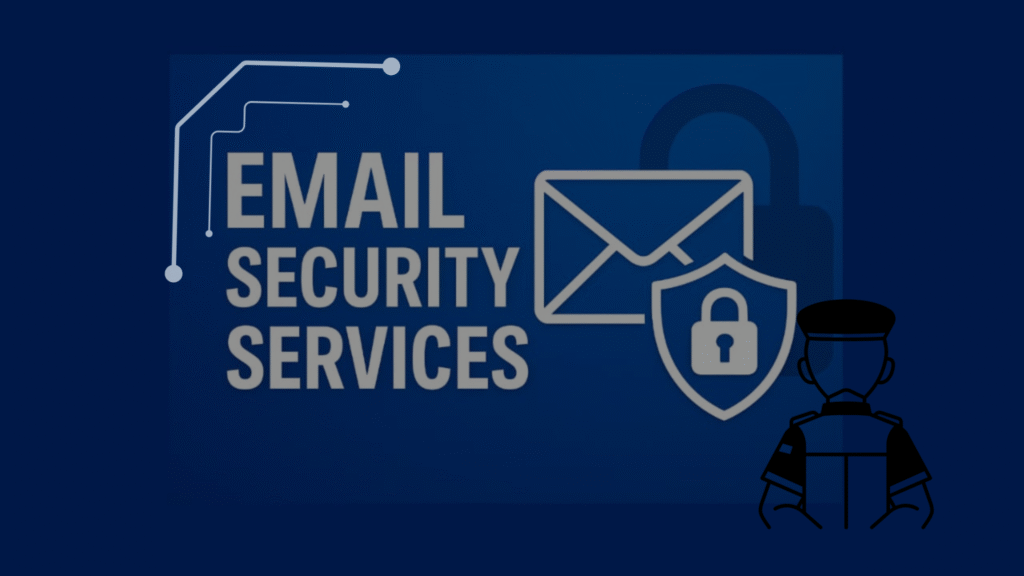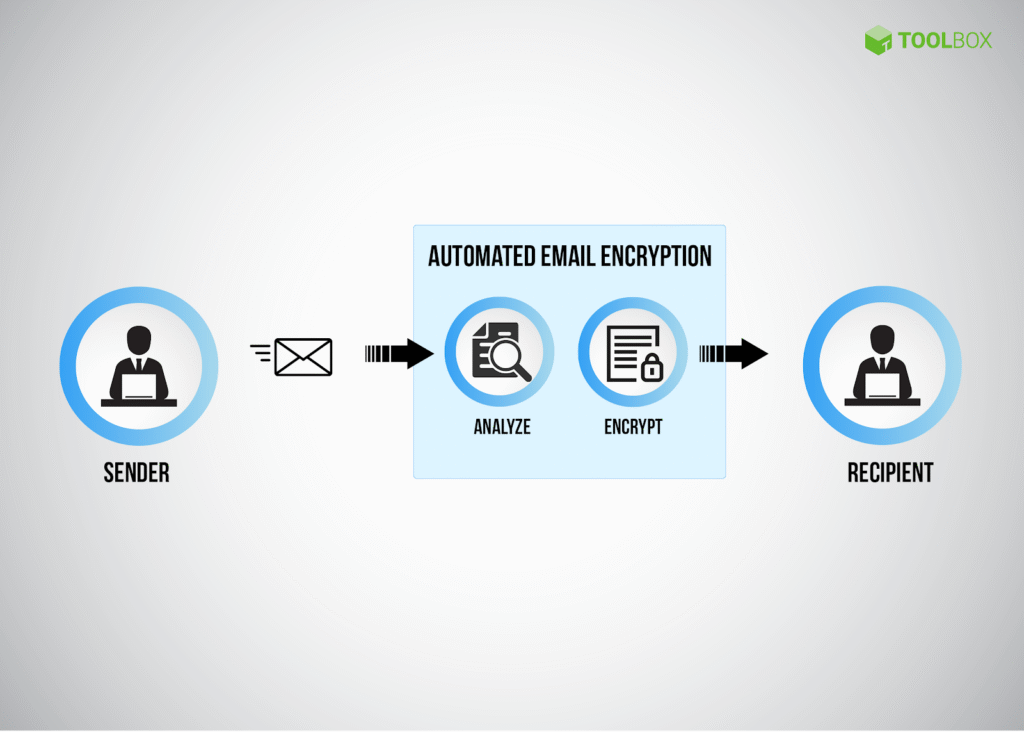In 2025, email remains the main point of entry for cyberattacks. Organizations everywhere are witnessing adversaries advance from mere spam or attachment-based attacks. Rather, attackers are employing socially engineered phishing, AI-powered content, malicious URLs, and account takeovers more than ever before. As per Barracuda’s 2025 Email Threats Report, nearly one-quarter of email messages today are either malicious or unwanted spam.

Malicious links pose a greater threat than attachments Malicious URLs have become a greater threat than email attachments according to Proofpoint data, which indicates that malicious URLs now represent the number one vector through which malware is delivered. To that, QR codes inserted within documents are used to redirect unsuspecting users to phishing websites. Barracuda discovered 83% of malicious Microsoft 365 documents have QR codes pointing to phishing websites.
With such stakes so high, exclusive dependence on simple email filters or old-style secure email gateways is no longer sufficient.
What Are Email Security Services?

Email security services are integrated solutions that extend far beyond the usual spam filters. They are built to identify, prevent, and clean up from email threats during the entire message delivery lifecycle.
These services typically comprise:
- Anti-phishing and anti-spoofing tools, which verify if the senders are genuine and prevent display name spoofing.
- Link rewriting, URL isolation, and sandboxing to avoid malicious link clicks or opening damaging attachments.
- Behavioral analysis and threat intelligence, which enable detection of suspicious content, abnormal patterns, or anomalous sender actions.
- Post-delivery monitoring and remediation, including deleting or quarantining malicious email after delivery, administration alerts, and rollback features.
- Reporting and analysis dashboards providing insight into threat trends, repeated attacks, and where controls need to be tightened.
These integrate to create defense at multiple layers pre-delivery, during, and post-delivery.
Email Threat Landscape Key Trends
Latest statistics show how threats are evolving and are more difficult to identify:
- AI-Aided Phishing & Polymorphic Emails: Research (e.g. KnowBe4) reveals that almost 83% of phishing attacks during late 2024 and early 2025 utilized content generated by AI. Approximately 90.9% of phishing emails containing polymorphic content (i.e. numerous similar messages with minute variations) utilized AI.
- Account Takeover (ATO) Incidents: According to Barracuda, around 20% of businesses experience at least one account takeover incident per month.
- High Rate of Malicious Content in Attachments: Of every malicious Microsoft 365 document that was examined in Barracuda’s report, a high percentage bore QR codes to phishing URLs. Attachments and file-linked links are still being targeted.
- Market Growth & Demand: Market size for email security is anticipated to grow substantially with increasing threats, adoption of the cloud, and growing demand for AI-driven & managed solutions. A report estimates a huge CAGR in the next several years.
These trends indicate that threat actors are not merely ramping up volume, they’re ramping up sophistication, personalization, and evasion methodologies.
How Email Security Services Protect Organizations
Before Delivery
At this point, email security solutions attempt to block threats from even reaching user inboxes. They generally:
- Authenticate sender identity via protocols such as SPF, DKIM, and DMARC.
- Block known malicious domains or URLs based on threat intelligence feeds.
- Sandbox attachments and scan links in a safe environment.
- Use filters and rules to identify obvious spam or malware content.
During Delivery
Even if an email manages to get by preliminary filters, there are additional layers of protection:
- Real-time URL rewriting or link isolation ensures that if a link turns malicious after the email is sent, the user is still protected.
- Behavioral analysis flags suspicious tone, requests, or deviations (e.g. urgent financial request from an external vendor) that don’t match previous patterns.
- Content inspection of attachments, including embedded objects (PDFs, HTML, QR codes) which might hide malicious behavior.
After Delivery
Given that no filter is perfect, post-delivery tools are critical:
- Retriggered scanning based on refreshed data or intelligence to pick up threats that looked harmless at first.
- Quarantine and rollback functionality to delete malicious messages or rewind actions.
- Alerting and dashboards to allow security teams to observe what threats managed to breach and respond in real-time.
- Forensic data and logs to trace attack vectors and allow prevention of like incidents.
Related Link: What Is Network Security? Complete Guide
Advantages Businesses Can Expect
Spending money on good email security services yields a number of tangible and quantifiable advantages:
- Decrease in successful BEC and phishing attacks. Impersonation attempts are blocked and abnormal sender activity is detected, and organizations are prevented from incurring expensive fraudulent transfers.
- Decrease in malware and phishing threats through malicious URLs. With so many of the highest threats now being URLs instead of attachments, software that rewrites, isolates, or blocks these URLs greatly reduces exposure.
- More robust security for cloud-based email platforms such as Microsoft 365, Google Workspace, or other SaaS mail systems. There are native protections, but adding advanced filtering, threat intelligence, and remediation tools closes essential gaps.
- Better data protection compliance with data protection laws and regulations (e.g., GDPR, HIPAA, etc.), particularly in regulated sectors. Secure email encryption, monitoring, and secure processing of sensitive information become easier using powerful email security services.
Better visibility & incident response. Organizations get insight into what kinds of attacks target them, which employees or departments are at highest risk, and can refine policies based on real data.
Choosing the Right Email Security Solution
When evaluating vendors or internal tools, consider the following criteria to ensure you’re getting protection that keeps pace with evolving threats:
- The capability to scan and block malicious URLs even in embedded content (e.g. HTML, PDFs, QR codes).
- Support for AI or ML-based threat detection, particularly for polymorphic or AI-based phishing attacks.
- Excellent sender authentication and anti-spoofing practices. Weak DMARC policies or misconfigured SPF are still prevalent weaknesses. (It has been discovered in studies that many domains have weak SPF rules that facilitate forgery.)
- Post-delivery remediation capabilities such as rollback, quarantine, and alerting.
- Integration with current email platforms, identity management, and preferably support for Zero Trust frameworks.
- High performance and low latency so security does not interfere with business processes.
- Solid reporting, dashboards, trends, and capacity to customize alarms.
Final Thoughts
Email is still the preferred method for cybercriminals in 2025 due to the changing methods such as AI-powered phishing, malicious links, and account compromise. With close to 25% of all emails being malicious or unwanted spam, and 83% of malicious documents having QR codes that point to phishing sites, the statistics are too high to be neglected.
Email security solutions provide companies with the multi-layered protection they require pre-delivery, during delivery, and post-delivery. With AI-based detection tools, link isolation capabilities, sender authentication technologies, and post-delivery remediation, companies are able to block most threats before they can do harm.
If not already, today is the day to assess your email security stance, determine vulnerabilities, test solutions, and start hardening defenses. Doing nothing will cost significantly more than investing in robust email security.
To explore more insights like this, visit our Cyber-security Page.
If you’re passionate about tech, networks, and digital infrastructure, Write for Us and share your voice with our audience.
FAQs
Do small businesses need email security services?
Yes, Small companies are also common targets, particularly through phishing and BEC. One breach can inflict disproportionate financial and reputational damage.
Can email security detect zero-day or AI-generated threats?
Advanced services that use AI/ML, behavior analysis, and threat intelligence can detect many new threat types, including AI-generated phishing and polymorphic attacks. While no solution is perfect, these tools make a big difference.